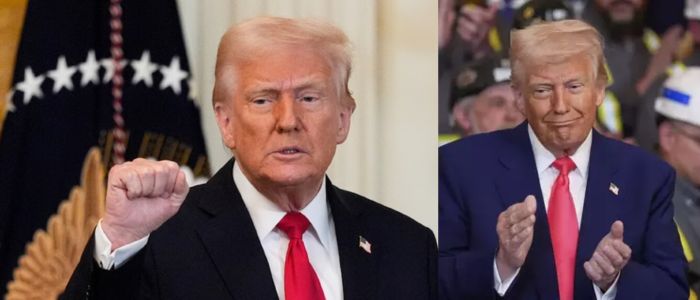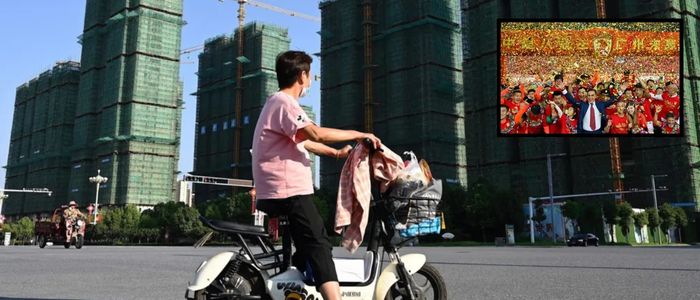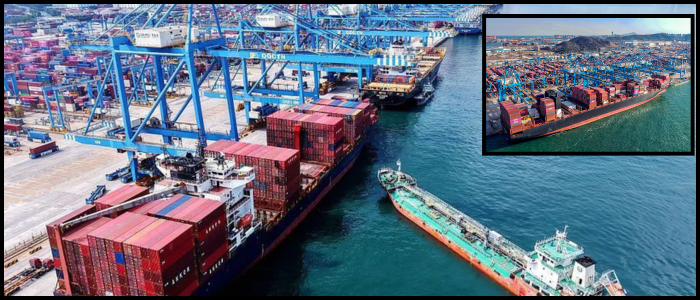Manufacturing Feels Pinch
While economic apocalypse hasn’t descended as some pessimists had warned, the new trade policies are taking their toll on businesses that depend on imported materials. US factory activity has fallen for three straight months. The May report from the Institute for Supply Management, which surveys manufacturers about their impressions of the business environment, says tariffs are fast becoming a big disrupter in its survey, with one manufacturer saying current supply chain issues are the worst since the pandemic.
Another said that cuts and postponements alongside tariffs are making companies incapable to take inventory risk at all.”
Even as the administration promised the early fruits of victorious trades, it has yet to lock down a single significant deal with a major trading partner since its latest tariff wave launched on April 2. Yet a self-imposed 90-day deadline to conclude numerous trade deals is looming, and serious progress is scarce. In turn, trade officials are sending reminders to all of America’s partners, calling for their lowest and best bids by June 4.
Yet, there’s no specific origin for this deadline, which to be fair, is part of the general confusion over the administration’s policy.
Markets Adapt as Progress Comes to Halt
The 90-day trade truce with China is facing new scrutiny after Trump’s criticism. Conversations with Japan and the European Union, meanwhile, have made little progress. Financial markets, while rattled at first, appear to be adjusting to the idea of rising inflation. Stock prices slumped following a warning by the Organisation for Economic Co-operation and Development that tariffs would slow the U.S. economy.
But strong labor market data later helped reassure investors, who pushed major indexes back into positive territory by the end of the day.
Technology stocks led the recovery, although investors have been hoping for Trump to backtrack on trade. But behind the hope and optimism, the pressure on businesses and industries is increasing. The murkiness of and inconsistency in policy means companies are essentially operating in a sort of economic limbo — eating import costs and holding off on big decisions out of fear of what comes next.
While most Americans may not have yet been forced to pay new tariffs, there is increasingly palpable anxiety across industries that drive the overall economy. Trump’s habit of repeatedly backing down on bold trade threats has, paradoxically, prevented even greater near-term harm. Yet for businesses attempting to think ahead, the absence of direction presents its own kind of difficulty.
Business

Trump's Tariff Strategy Leaves U.S. Businesses in Limbo

As the second Trump administration enters mid-2025, those fears of an immediate economic cataclysm from full-on tariffs have not—outwardly, at least—shown up. Things may appear stable to the average American, but many businesses, especially those related to manufacturing and trade, are under severe strain.















